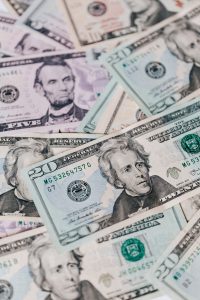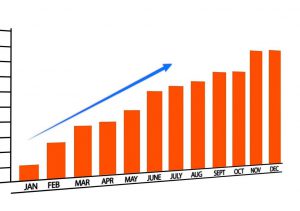President Biden’s American Rescue Plan Act, a $1.9 trillion COVID relief package, was signed into law on March 11, and Americans have already started receiving their stimulus checks. But that is not the only benefit Americans are going to receive from the American Rescue Plan Act. The law includes a provision to expand healthcare coverage and lower healthcare costs by boosting subsidies for Affordable Care Act (ACA) plans. The new lower-priced insurance plans will be accessible to Americans starting on April 1.
The Cost of Insurance Is Too High For Many
The ACA has been going strong since 2010, providing access to quality health insurance for millions of Americans. However, many Americans earning over the income limit required to qualify for a subsidized plan are still finding health insurance too expensive, and have been opting out of purchasing plans. “There has been considerable discussion over the fact that while the ACA clearly increased affordability of and access to insurance coverage for millions of people, many people still find the premiums and out-of-pocket costs they face to be high and sometimes too burdensome,” says Linda Blumberg, a health economist at The Urban Institute, a Washington, D.C.-based nonprofit social and economic research organization. With the American Rescue Plan Act, the Biden Administration hopes to change all of this by making more people eligible for subsidies.
“There has been considerable discussion over the fact that while the ACA clearly increased affordability of and access to insurance coverage for millions of people, many people still find the premiums and out-of-pocket costs they face to be high and sometimes too burdensome,” says Linda Blumberg, a health economist at The Urban Institute, a Washington, D.C.-based nonprofit social and economic research organization. With the American Rescue Plan Act, the Biden Administration hopes to change all of this by making more people eligible for subsidies.
The Subsidies Broken Down
Before this new law, you could only qualify for a subsidized health insurance plan if your modified adjusted gross income was between 100% and 400% of the federal poverty level. For 2021, that’s between $12,760 (100% of the federal poverty level) and $51,040 (400% of the federal poverty level), for an individual. So before the American Rescue Plan Act, if you earned above those amounts, you would have to pay full price for a Marketplace health insurance plan.
But the American Rescue Plan Act allows those who earn over 400% of the federal poverty level to receive subsidies to purchase health insurance through the ACA Marketplace. It also requires that Americans pay no more than 8.5% of their income on health insurance premiums, and provides a larger tax credit to people who already receive financial assistance.
Cheaper Premiums

The Biden administration estimates that ACA premiums will decrease by about $50 per month. One administration official emphasized that 4 out of 5 people enrolling “will be able to purchase a plan for $10 or less per month.” This could make a huge difference in the lives of the 14.9 million people who are currently not insured in the U.S.
With the new law:
- An individual making $19,000 or less will not have to pay a monthly premium for health insurance.
- Couples who earn more than $70,000 together will save $1,000 per month on their health insurance monthly premiums.
- A family of 4 with an income of $90,000 will pay about $200 less in health insurance premiums.
Anyone buying their own health insurance through the ACA Marketplace will be able to receive the tax credits beginning April 1. Comparing plans is the best way to find an affordable plan that provides the right level of coverage for you. Before you start doing the work of comparing on your own, come to EZ. We will make the process quicker and easier by comparing available plans in your area in minutes. Our licensed agents work with all the top-rated insurance companies in the nation and can go over your budget and needs, and find the best plan for you and your family. We compare plans and offer guidance at no cost to you. To get free quotes, simply enter your zip code in the bar above, or to speak directly with an agent, call 888-350-1890.


